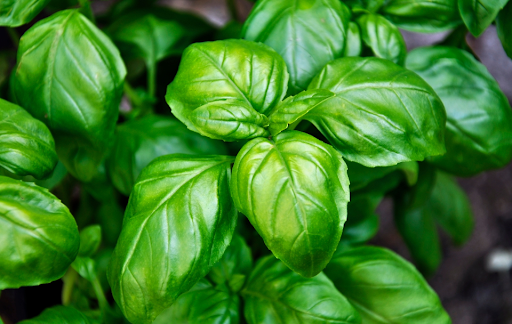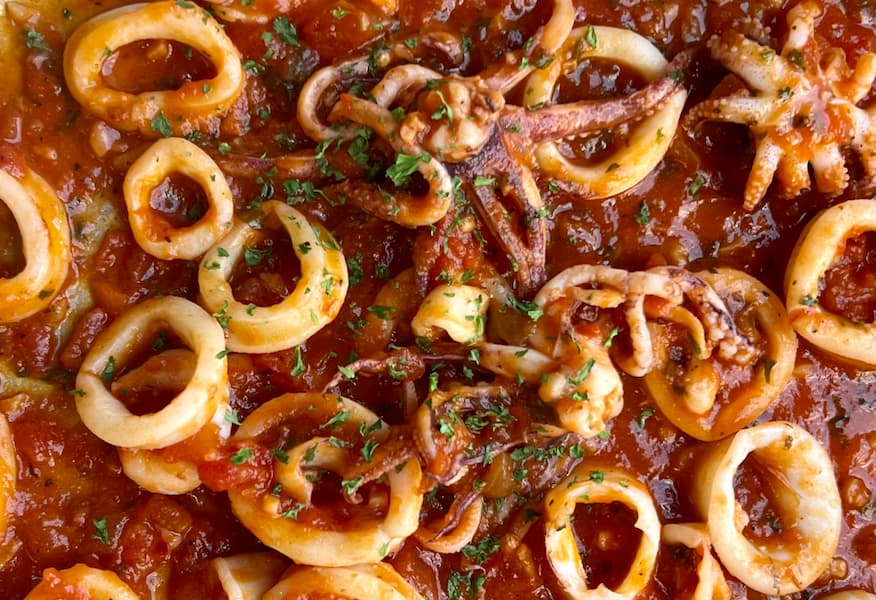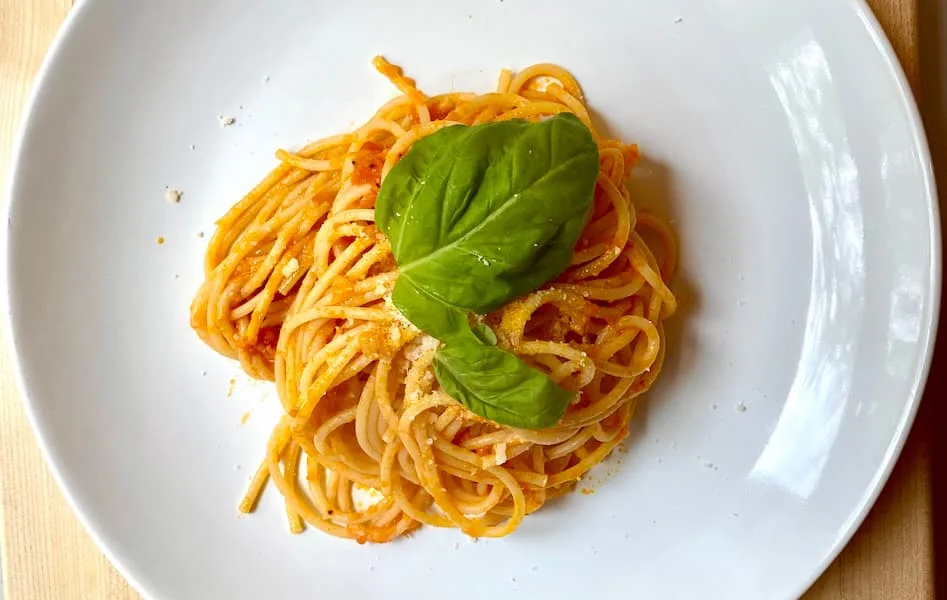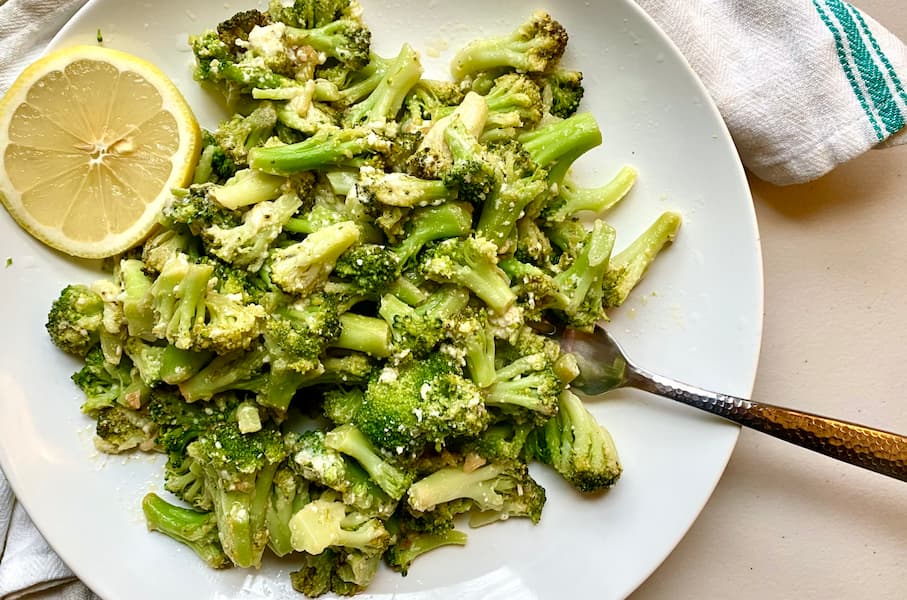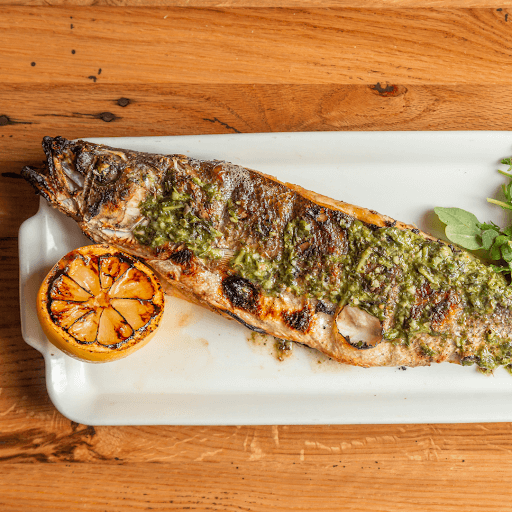If you’ve ever grown your own basil, you know how unruly those basil plants can get.
It’s a great problem to have.
During the hot summer months, I add basil to everything I can possibly think of! Every sandwich and avocado toast has fresh basil on top, we make spaghetti sauce and bruschetta galore, and of course, the fresh basil pesto is plentiful.
I can never eat all of it, however, and I want to have some garden basil in the winter months anyway! Growing basil inside is fun, but nothing beats summer garden basil.
That’s why I like to preserve some basil to enjoy throughout the rest of the year when growing it outside isn’t an option.
Freezing basil is the best method for preserving it, and fortunately, it’s very easy!
I’ll guide you through two easy methods for freezing basil in olive oil so that you can enjoy it all winter long.
Can You Freeze Fresh Basil?
Yes, you absolutely can freeze basil. In fact, freezing is the best method for preserving extra basil without special equipment or an intensive time commitment.
Whether you grew it yourself or you have extra grocery store basil, preserving it is a great way to prevent food waste when you are overwhelmed with lots of fresh basil.
How to Freeze Basil in Olive Oil
There are two different ways to freeze basil in olive oil. Both methods are a very easy way to preserve basil and both will keep it fresh-tasting and delicious.
The deciding factor for which method to use is what form you want your basil to be in when you use the frozen basil cubes. I like to use both methods to have chopped basil and pureed basil on hand. I use chopped basil for pasta dishes and pureed basil for soups, generally.
To prepare your basil to be frozen, there are a few steps you’ll want to accomplish:
- Remove the basil leaves from the stems.
- Wash the basil under cool water.
- Dry the basil. You can dry it by spinning the leaves in a salad spinner or patting them dry with a clean kitchen towel.
You will need just a couple pieces of equipment to freeze basil in olive oil:
- Chopping knife and a cutting board or a food processor
- Ice cube trays (I prefer a silicone ice cube tray)
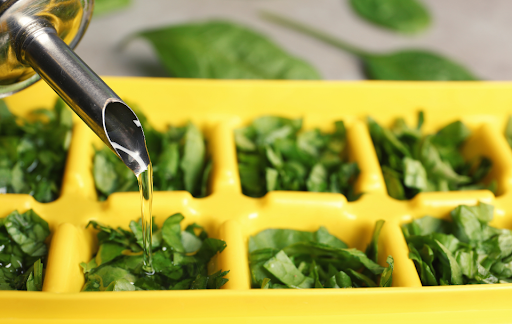
Method 1: Chopped Basil
- Layer your clean and dry basil leaves in a stack on a cutting board. Chop them into ⅛ – ¼ inch strips using a sharp knife.
- Pack as much basil as you can reasonably fit into the cells of an ice cube tray.
- Pour olive oil into the ice cube tray until each cell is filled to the top. Be sure to use enough olive oil to cover the basil completely. Some pieces may stick out, but try to submerge as many as you can under the oil.
- Gently transfer the ice cube tray to the freezer and allow the basil cubes to freeze completely.
- Once the cubes are frozen, remove them from the ice cube tray and transfer to a freezer-safe container, such as a ziplock bag or a plastic freezer-safe container.
- Label the container with the contents and date, then store the basil cubes in the freezer.
Method 2: Pureed Basil
- Add the clean and dry basil leaves to a food processor with some olive oil. I recommend starting with less than ¼ cup per cup of basil.
- Run the food processor on high until a paste forms. Add more oil as needed to reach a smooth consistency.
- Spoon the puree into ice cube trays, filling each cell to just under the top.
- Gently transfer the ice cube tray to the freezer and allow the basil cubes to freeze completely.
- Once the cubes are frozen, remove them from the ice cube tray and transfer to a freezer-safe container, such as a ziplock bag or a plastic freezer-safe container.
- Label the container with the contents and date, then store the basil cubes in the freeze.
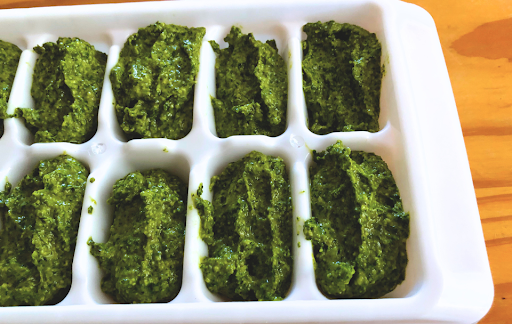
Storing Frozen Basil Cubes
Once your cubes of basil are completely frozen, remove them from the ice cube tray. Pack the frozen cubes into an airtight container, such as a freezer-safe bag, and seal it tightly.
It’s best to remove as much air as possible to prevent freezer burn. Label the bag so there is no confusion about its contents (trust me, you will most likely forget) and store the cubes in your freezer for up to a year.
How to Use Frozen Basil
Frozen basil cubes can be used in any hot dish in which you would normally cook basil. It is best in pasta sauces or soups such as tomato soup and minestrone soup. Simply pop a couple of cubes into the dish while it’s cooking. The oil will liquify and the basil will be released into the food.
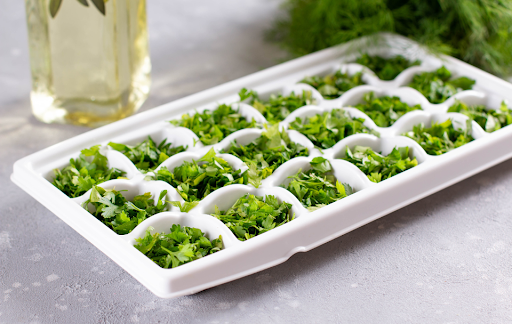
Frequently Asked Questions
Can I freeze other herbs in olive oil?
Yes, most fresh herbs can be frozen in olive oil with the same methods used for freezing basil. Any of your favorite herbs that you enjoy cooked in a dish with olive oil are good options. You can also use a similar method but substitute the olive oil for cold water, if you don’t want oil with your herbs.
Can I freeze basil pesto?
Yes, pesto freezes very well. I recommend freezing your pesto in single servings such as ice cube trays or 4-ounce jars. This way you can thaw one serving and use it without having to re-freeze it over and over again.
Does frozen basil taste good?
Frozen basil tastes just like fresh basil once it’s cooked into a dish. Frozen basil is not a good substitute for fresh basil in cold dishes, but the flavor is great for anything cooked.
Can I use a different type of oil?
If you don’t like the flavor of olive oil, a different type of oil will work well too. I recommend a neutral flavored oil, such as avocado oil or vegetable oil.
Print
How to Freeze Basil in Olive Oil (Quick and Easy Method)
- Author: Tessa Bronner
Ingredients
Fresh basil leaves
Extra virgin olive oil
Instructions
Chopped Basil Method
- Layer your clean and dry basil leaves in a stack on a cutting board. Chop them into ⅛ – ¼ inch strips.
- Pack as much basil as you can reasonably fit into the cells on an ice cube tray.
- Pour oil into the ice cube tray until each cell is filled to the top, completely covering the basil.
- Gently transfer to the freezer and allow the basil cubes to freeze completely.
- Once frozen, remove from the ice cube tray and transfer to a freezer-safe container.
- Label the container and store the basil cubes in the freezer for up to one year.
Pureed Basil Method
- Add clean, dry basil leaves and olive oil to a food processor.
- Process until a smooth paste forms. Add more oil as needed to reach a smooth consistency.
- Spoon into ice cube trays, filling each cell to just under the top.
- Gently transfer to the freezer and allow the basil cubes to freeze completely.
- Once frozen, remove from the ice cube tray and transfer to a freezer-safe container.
- Label the container and store the basil cubes in the freezer for up to one year.

